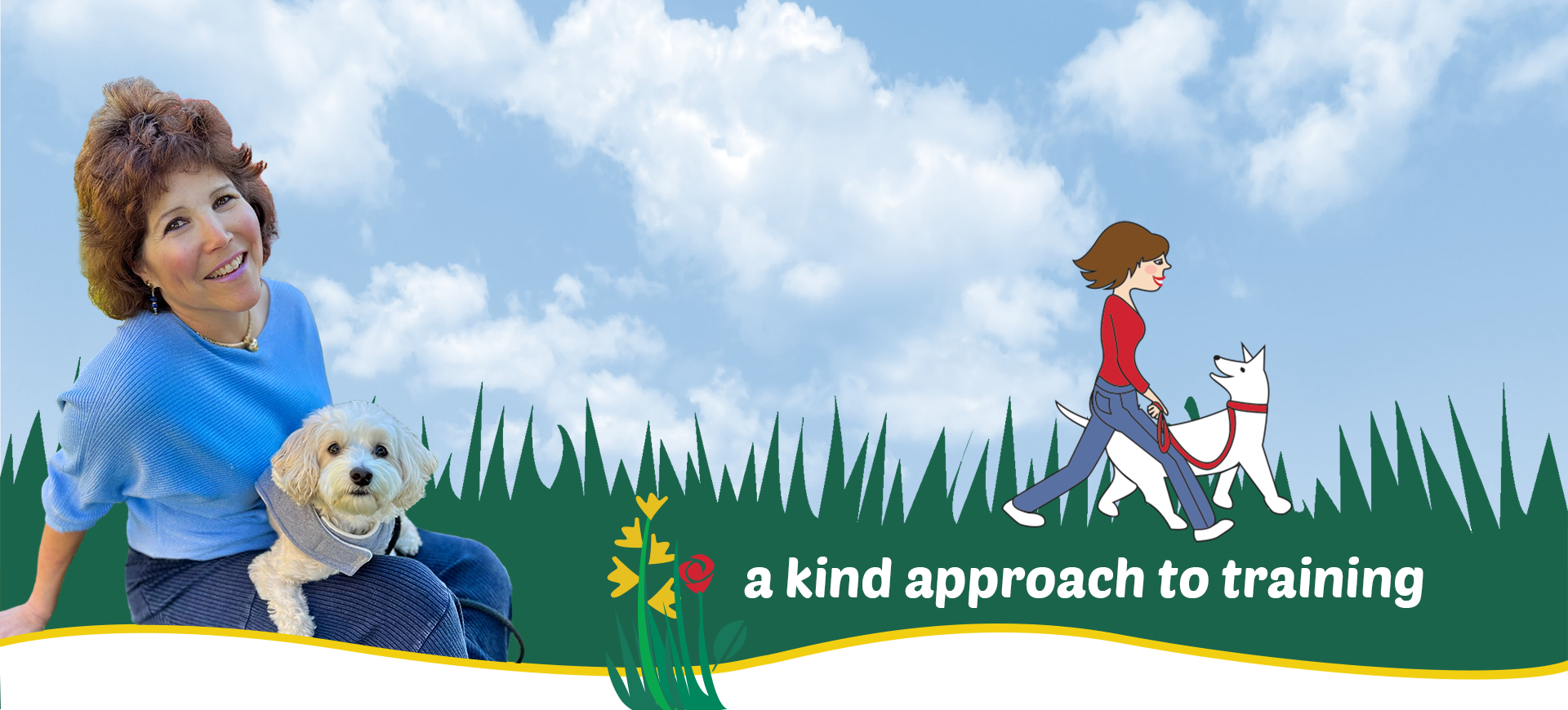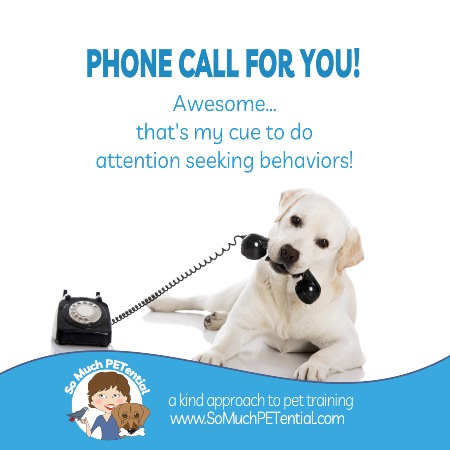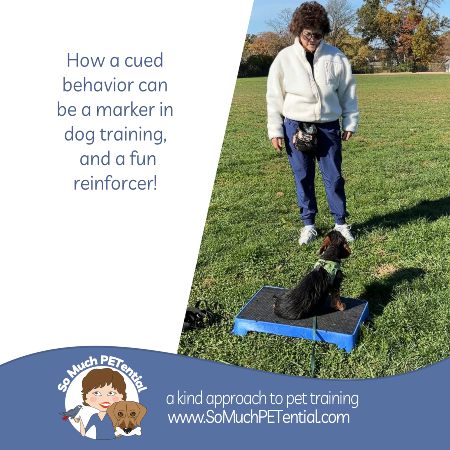When I ask a new client about their dog’s exercise, more often than not, the answer has to do with, ‘walking my dog in my neighborhood.’ Walking their dog on a leash – or walking their off-leash dog as I have been seeing in my neighborhood (but do not advocate for) – is just what people do with their pets. The activity can be a wonderful enriching, bonding experience…but it can also be a very stressful practice of unwanted emotions and behaviors for the reactive dog or puppy. And with practice comes a greater likelihood of reoccurrence. Continuing to expose pets to stimulus that cause big feelings and behaviors puts these dogs in a chronic cycle of stress. What is the owner of a leash reactive dog to do? Should you walk your dog? And if so, how do you walk your dog safely so that it can be a positive outing? I’ll delve more into this in this post.
 I happen to have one of ‘those’ dogs. My little buddy, Dawson, can erupt into barking and lunging when at a certain distance from mostly large dogs or dogs that bark, growl or lunge at him too – while he is on a leash. Part of our history together includes our working through other anxiety and sensory processing issues he experiences (now doing really well on medication). However, we have also experienced having large dogs get past their fence to come after us on a residential street, and a large breed dog attack my dog. When I drive down different streets in my neighborhood, I occasionally see dogs off-leash.
I happen to have one of ‘those’ dogs. My little buddy, Dawson, can erupt into barking and lunging when at a certain distance from mostly large dogs or dogs that bark, growl or lunge at him too – while he is on a leash. Part of our history together includes our working through other anxiety and sensory processing issues he experiences (now doing really well on medication). However, we have also experienced having large dogs get past their fence to come after us on a residential street, and a large breed dog attack my dog. When I drive down different streets in my neighborhood, I occasionally see dogs off-leash.
For that reason, I choose to avoid walking my small dog in my neighborhood. Instead, we find other areas to spend our outdoor time together.
If you can relate to any of this, know this…healthy, outdoor recreation with your pet DOES NOT need to include walks on sidewalks and/or around your neighborhood. In fact, when my clients take a break from those sidewalk walks, I often hear about how much fun they have bonding with their dog doing other activities.
Here are some considerations I keep in mind when it comes to walking my reactive dog or my client’s dog:
Get to know how your dog communicates early signs of stress.
This is an important first step because it allows you to take action as your dog’s advocate, to help him to feel safe, learn skills that can help him in those situations, and learn different associations. Outside, this may often involve giving your dog more distance from the source of the stress. A few common early stress signs include yawning, blinking nose licking, looking or moving away, tail tucked, sudden need to do excessive sniffing stiffening, staring, change in breathing.
It is important to identify your individual dog’s triggers.
Is it other dogs, sounds, cars, bikes or skateboards, kids, squirrels or runners? Knowing that will help you to better manage your dog’s exposure to them. And keep in mind that more than one trigger occurring simultaneously or within a short period of time from another can increase the likelihood of your dog reacting. This is known as trigger stacking. Other factors such as health issues or lack of sleep can also impact your dog’s response to environmental stimulus.
Know your dog’s stress threshold limit.
In other words, at what point is it too much for your dog, causing your dog to tip from relaxed and able to listen to you, to fixating, hard body, barking, lunging or other behaviors? Distance, length of exposure and intensity all affect that threshold. (Note that your dog will more than likely start to show signs of stress before escalating to those bigger behaviors. When you recognize those signs, give your dog the distance that he needs. For help, please reach out to a trainer using positive strategies.)
Consider when and where you can manage this best.
For example, parks are more likely to be busy on weekends or evenings. People are more likely to be out walking their dogs right after or before work hours. If you look around, you can find spaces that are less populated. Office parks, fields (where you can see all directions and move away easily if needed), church and school grounds may be good places to visit. I tend to avoid areas that are likely to have off leash dogs that I do not know, especially if I am with an on-leash dog.
Remember this: a dog prone to react to sights and sounds in the environment should be walked in areas where you can move away quickly from the potential trigger.
On a walk with a reactive dog, try to avoid:
Narrow paths that could trap you and your dog. This includes sidewalks where you have no space on either side or even hiking trails that have a narrow path.
Neighborhoods where off leash dogs are likely to be seen.
Blind spots where a dog or other trigger could suddenly appear like around a building.
Any place that causes you to feel worried.
My last tip: Think about your outing as one that can create positive associations, enrich your dog’s world, and be enjoyable for your dog AND you. Have fun together!






